Idol Hands
Top 10 Best Video Game Idols of All-Time!
In Japanese pop culture, an idol is young star whose popularity is typically derived from their good looks and carefully controlled public image. The fresh-faced stars represent purity and innocence and are intended to be positive role models – so, of course, every Japanese schoolgirl aspires to be one. Idols play a wide range of roles as media personalities – ranging from television hosts to sexually-objectified gravure models – but this list focuses more on idol singers. Pop music in the west is often criticized for being too manufactured, but the Japanese idol industry is even more in sync with consumer culture. It’s hard to say whether Japanese idols are giving consumers what they want or telling them what they want. Either way, the manufactured nature of idols in the real world makes them ideal video game characters.
Examples: Honoka Kousaka, Legendary Idol Eriko, Ranka Lee
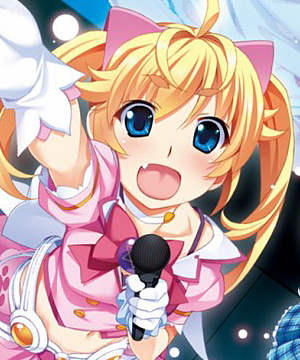
10
Michiru Matsushima
Grisaia Series
Michiru Matsushima first appeared in a series of adult visual novels known as The Grisaia Trilogy, but she’s being recognized here for her starring role in the all-ages spinoff, Idol Magical Girl Chiru Chiru Michiru (which was initially presumed to be an April Fool’s Day joke). Michiru is an energetic girl with big aspirations, but she has been plagued by bad luck for most of her life. She dreams of becoming a beloved idol, but she’s only able to land gigs in a rundown basement bar. On her quest for fame and admiration, Michiru meets a magic cat from an alternate dimension who entices her to save the world. The game basically serves as a parody of “Magical Girl” anime and Japanese idol culture in general. Michiru will do the most absurd things to succeed, but she’s a lovable loser who usually ends up falling on her face.
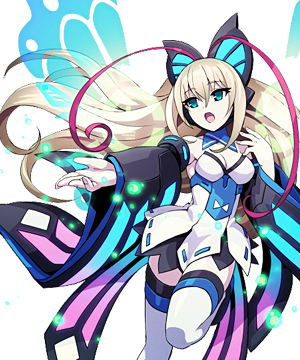
9
Lumen
Azure Striker Gunvolt
Lumen is recognized as the most popular idol in the nation, but she’s secretly an avatar of a 13-year old-girl named Joule. Tragically, Joule is held captive by a powerful media conglomerate and is forced to use her powers to project Lumen’s image. Lumen has a very strong personality and takes on a form completely separate from Joule. They seem like two very different individuals at first, but Lumen is actually a manifestation of the person Joule wants to be. In a sense, both of them are being held captive and wish to be freed. Lumen is basically a fictional entity designed by a corporation to represent the wants and desires of young teenage girls. The whole thing is a thinly-veiled metaphor intended to highlight the manufactured and exploitative nature of Japanese idol culture. Lumen is the most cynical representation of an idol on this list.
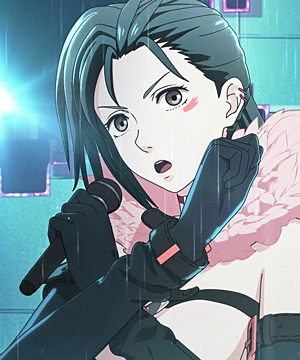
8
Kiria Kurono
Tokyo Mirage Sessions ♯FE
Tokyo Mirage Sessions ♯FE is a bizarre crossover of the Shin Megami Tensei and Fire Emblem franchises that goes completely off the rails. Set in modern-day Tokyo, the premise involves hostile beings called Mirages launching attacks from an alternate dimension called the Idolsphere. Kiria Kurono, naturally, is a famous idol employed by Fortuna Entertainment. Although Fortuna presents themselves as a talent agency, they are secretly dedicated to preventing Idolsphere invasions. Not only is Kiria a chart-topping singer, but she’s also a veteran “Mirage Master” who is able to merge with friendly Mirages. One of the most important aspects about being an idol is being a good role model. On that note, Kiria serves as a mentor to Fortuna Entertainment’s new recruits and influences younger generations in a positive way.
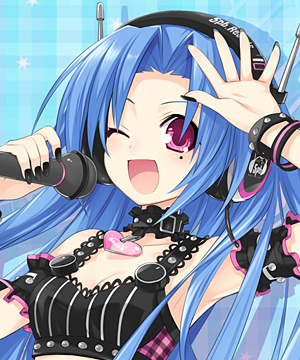
7
5bp.
Hyperdimension Neptunia Series
Hyperdimension Neptunia takes a satirical look at the video game industry. The series is set in the world of “Gamindustri” and the story involves four goddesses jockeying for position in the great “Console War.” The main characters each represent a specific video game console, and references to several prominent gaming entities are made throughout the games. Some of these allusions are more subtle than others, but 5bp. is a direct reference to a Japanese company (also called 5bp.) that specializes in video game and anime music. Like the company she’s based on, every facet of 5bp. revolves around music. She is seldom seen without her headphones, she wields a guitar in battle, and she even has a treble clef tattoo on her exposed mid-riff. Like many idols, she’s shy and withdrawn in person but comes alive when she’s on stage.
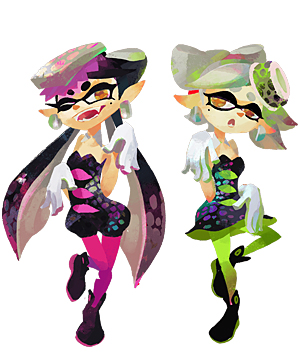
6
Calle & Marie
Splatoon Series
Callie and Marie are members of a popular idol group known as the Squid Sisters. The duo saw early success by winning a youth folk-singing contest and rode the wave of fame until they eventually become Inkopolis’ premier pop icons. As the notorious hosts for the Inkopolis News, the Squid Sisters (who are actually cousins) announce updates and provide information regarding new features in Splatoon. Callie and Marie also serve as the hosts of “Splatfest” competitions and contribute to the pageantry of the events by performing concerts. Both Squid Sisters are style savvy individuals who are on top of current trends, so it’s not surprising that they change their outfits to match the colors of the team they are supporting. Calle’s fondness for puns and Marie’s understated sarcasm make them one of gaming’s most entertaining duos.
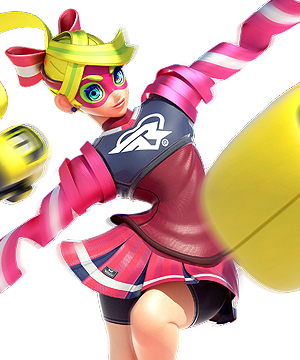
5
Ribbon Girl
ARMS
Although she’s still a teenager, Ribbon Girl has seen success in two different fields. She has recorded hit songs as a pop star, and she also competes as a prize fighter on the side. (How’s that for versatility?) Ribbon Girl is known as the heiress and defined by her bubbly exterior, but it would be a mistake to underestimate her. It would be a thrill to be wrapped up in her arms, but her ribbons are not just for decoration. Ribbon Girl can dazzle any opponent with flurries of lightning-flash punches. The singing ARMS fighter also has next-level jumping skills and almost looks like she’s walking on air. Even the laws of gravity are taken aback by her unstoppable girl power! It’s hard to say whether her biggest hits are on the music charts or in the ARMS arena, but Ribbon Girl is an excellent role model in either regard.
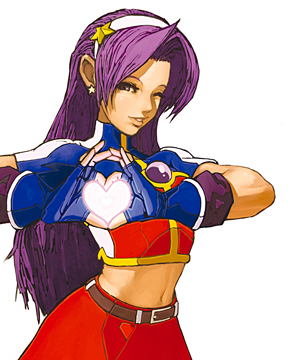
4
Athena Asamiya
The King of Fighters Series
As a reincarnation of a Greek goddess, a teen idol, and a crime-fighting psychic, Athena Asamiya certainly manages to keep herself busy. Athena was the star of her own self-titled video game way back in ’87, and her current embodiment appeared later that year in Psycho Soldier. Neither game was especially compelling, but Athena was still kicking ass as the lead protagonist at a time when most gaming gals were looking for a way to break free from the “damsel in distress” trope. After serving as a mascot of sorts for SNK for several years, Athena was nearly forgotten entirely until the company decided to revive her for the King of Fighters series in 1994. She has been a staple of the franchise ever since. In fact, the designers now put so much focus on Athena that they’ve even been accused of favoritism by some fans.
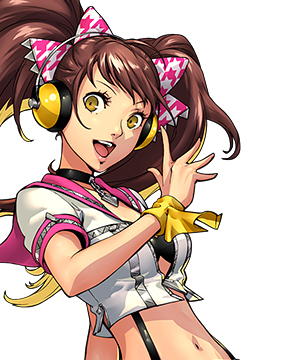
3
Rise Kujikawa
Persona Series
Rise Kujikawa is a teen idol and television star who gave up her career at the height of her popularity in order to attend high school as a regular student. Incidentally, she was concerned that she was being presented as a sex symbol, and she hated being viewed as an airheaded teenager. These public perceptions were so strong that Rise was worried that she would lose her real identity altogether. She faced tremendous pressure to return to her old lifestyle, however, so she often had to second guess her decision. Although she occasionally shows signs of immaturity, Rise is a strong-willed and highly opinionated individual who was forced to grow up faster than most typical 15-year-old girls are. Ultimately, Rise comes to accept her status as a pop idol and realizes that being famous wasn’t all that bad.
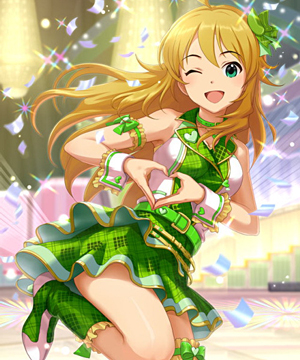
2
Miki Hoshii
THE iDOLM@STER Series
THE iDOLM@STER franchise follows groups of idols on their way to stardom. The series features dozens of prospective pop idols, so there’s no way to single out one for this list without opening up a can of worms. Haruka Amami could be considered the star of the series, Rin Shibuya is probably the most popular character from THE iDOLM@STER: Cinderella Girls anime, and Mika Jougasaki deserves a mention for providing the most fan service. Miki Hoshii was the first new idol introduced in the series (she made her debut in the Xbox 360 port of the original arcade game) and best highlights how the entire idol industry relies on a revolving door of new girls. The blonde bombshell is initially depicted as a lazy underachiever, but she evolves into a social butterfly and an incredible performer once she becomes properly motivated.
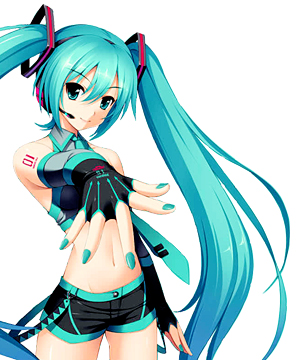
1
Hatsune Miku
Hatsune Miku: Project DIVA Series
Hatsune Miku was designed as a virtual diva for Yahama’s “Vocaloid” software. (This software allows users to synthesize singing by inputting lyrics and melody information.) Many Vocaloids were developed and sold as “singers in a box” intended to replace actual vocalists, but Miku was easily the most popular. A Vocaloid album featuring her voice even reached the top of the Japanese sales charts in 2010! Miku has starred in her own manga series, was featured in the pages of Weekly Playboy, and became a legitimate advertising icon in Japan. She’s also the star of Sega’s Project DIVA series and has made cameos in several other rhythm video games. I typically don’t list characters that didn’t originate in video games, but Miku is the quintessential virtual pop idol and this list wouldn’t be complete without her.

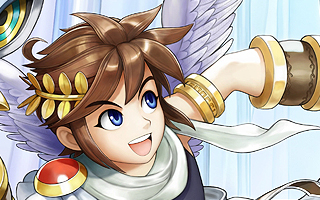
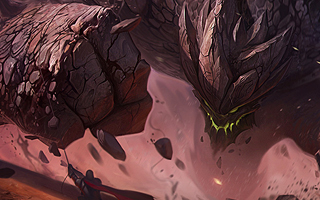
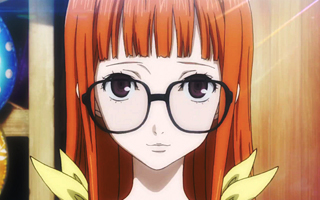
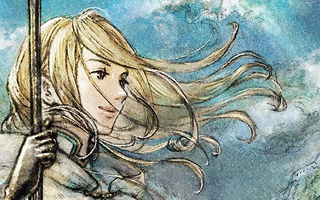
Do you agree with this list? Let us know what you think by leaving a comment below. Your opinion matters!